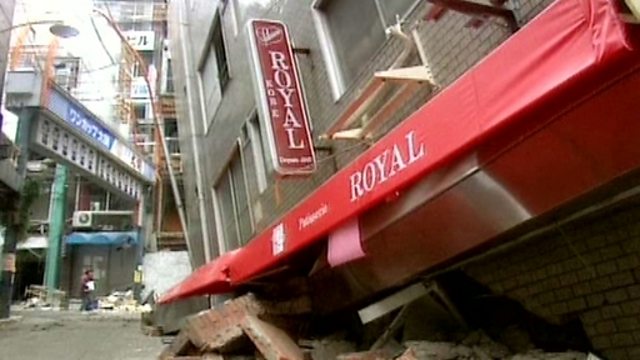
The Kobe earthquake, Japan, 1995
A short case study of the earthquake which struck Kobe, Japan, in 1995. The Kobe earthquake provides a case study of the extensive amount of damage which can be caused by a natural disaster, even in one of the world's most economically developed countries. The background geography of Kobe helps to explain the extent of the damage. The city's densely built-up area and the amount of reclaimed land with soft underlying material created optimum conditions for damage. A map and cross section show how the city lies along the boundary of the Philippine and Eurasian tectonic plates. Movement along the plate margins causes earthquakes which are mostly small scale, but can also release large amounts of energy. The timing and severity of earthquakes remains unpredictable.
Duration:
This clip is from
More clips from World Physical
-
![]()
Rainforest structure - layering
Duration: 05:05
-
![]()
Volcanic hazards - Lahars in Indonesia
Duration: 02:02
-
![]()
Coastal landforms - blowholes and cliff slumping
Duration: 02:04
-
![]()
After the Ice Age - Cromer Cliffs
Duration: 02:12





